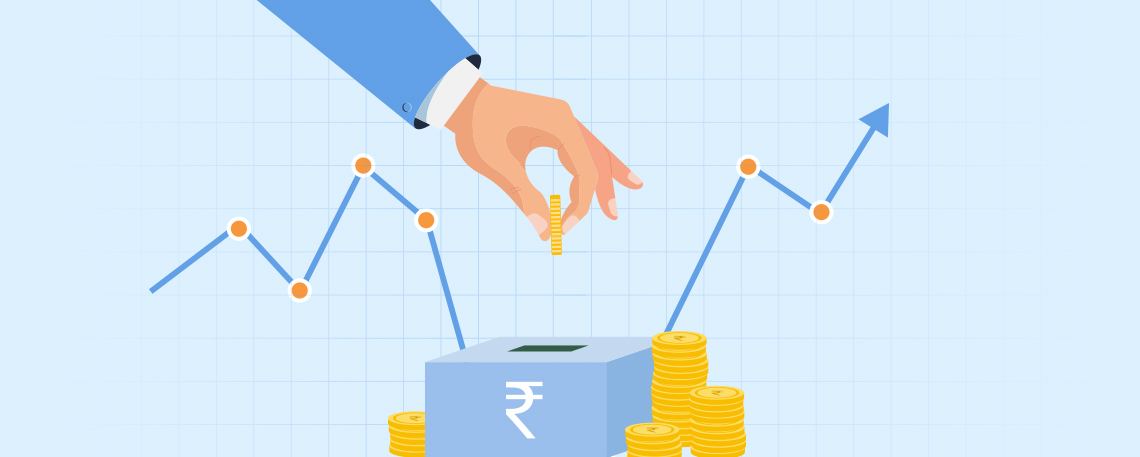The great ‘Buy on Dip’: Two effective approaches
March 25, 2018
|
With the prevailing slippage of the stock market into the bear mode and knowing that this is another fleeting drop that the markets shall soon revive from, investors are often advised to “buy on the dip”.
Well, if this was a trick that everyone in the trade knew of, bear markets would be welcomed with bright smiles and open banks accounts. But, only very few know the skill of striking the hammer when the rod is hot! And we here at StockAxis are here to save the day and make it Bearable for you.
So the big question here is WHAT TO BUY?
To exploit the situation and milk the most out of buying on a dip, you need to pick the stock that offers the prospect of beating the averages. And there are two different strategies to nail that.
-
To buy stocks with good fundamentals and expected earnings story that are currently seeing correction and are available in discount or fair valuations. Then find certain suitable technical support and demand levels which give a low risk high reward entry levels.
Example: Even after various national & political events ranging from Brexit, Surgical strike to Demonetization we at StockAxis were busy finding and recommending the companies to our clients which have strong earnings growth and available at an attractive valuation. Eventually these stocks have given handsome returns in a very short duration. Some of the best ones were Philip Carbon 88%, Zuari Agro 90%, Shemaroo 73%, Shreepushkar Chemical 80%, Future Retail 95%, Tata Metaliks 65% and the biggest gainer of all giving 195% Piramal Enterprise.
The stocks you select should show a major percentage increase in current quarterly earnings when compared to the prior year’s same quarter. Strong and improving quarterly earnings should always be supported by sales growth for the latest quarter.
Of course, the trade could yet go sour; a logical stop loss and fund allocation towards each stock should be well calculated which we at StockAxis give most importance to.
In the past, similar incidents have often had the same fate: the politicians, media and the concerned citizens cry out loud for some time and then the issue is forgotten and the stocks recover back to the pink of health and the green of the index.
Example: IT Stocks on an average went up almost 20-25% higher from the rock bottom prices after the news of the TRUMP policies which made quite a few rounds in the media which was followed by poor sentiments about the investors relating to the future of IT stocks. What later followed after a few months was the strong recovery of most IT stocks because they had strong fundamental backing and expected good earnings quarter with growth.
In early 2016 we had news of series of poor rainfall news which made rounds in the Media epically various newspapers reporting negative news on the chemicals and the Pesticides stocks. We have only later seen the biggest rise in the all Chemicals stocks till 2017 end.
"It’s far better to buy a wonderful company at a fair price, than a fair company at a wonderful price."
-
The second strategy is the exact opposite of the first:
The ploy here is to buy the stocks that have been affected the least by the drop in the markets. The argumentation here is quite simple, the fact that the stock has not declined unlike the rest of the market implies an inherent strength which will jump the stock to new heights when the markets revive.
Example: Media stocks like TV today, TV-18, Private Banks like HDFC, Indusind & Kotak bank. Midcap IT stocks like NIIT Tech, Hexaware & Mastek. Retail Consumption stocks like D-mart, Jubilant food & FLFL.
In a correction during a bull or upward-trending market, the growth stocks that decline the least (percentage-wise) should be the best selections. Those that drop very sharply are normally the ones who has inherent weakness, but once the general market decline is definitely over, the first stocks that bounce back to new price highs are almost always become future authentic leaders are the stocks which were affected the least when the broader markets corrected.
"What seems to be high in price and risky to the majority usually goes higher and what seems low and cheap usually goes lower"




